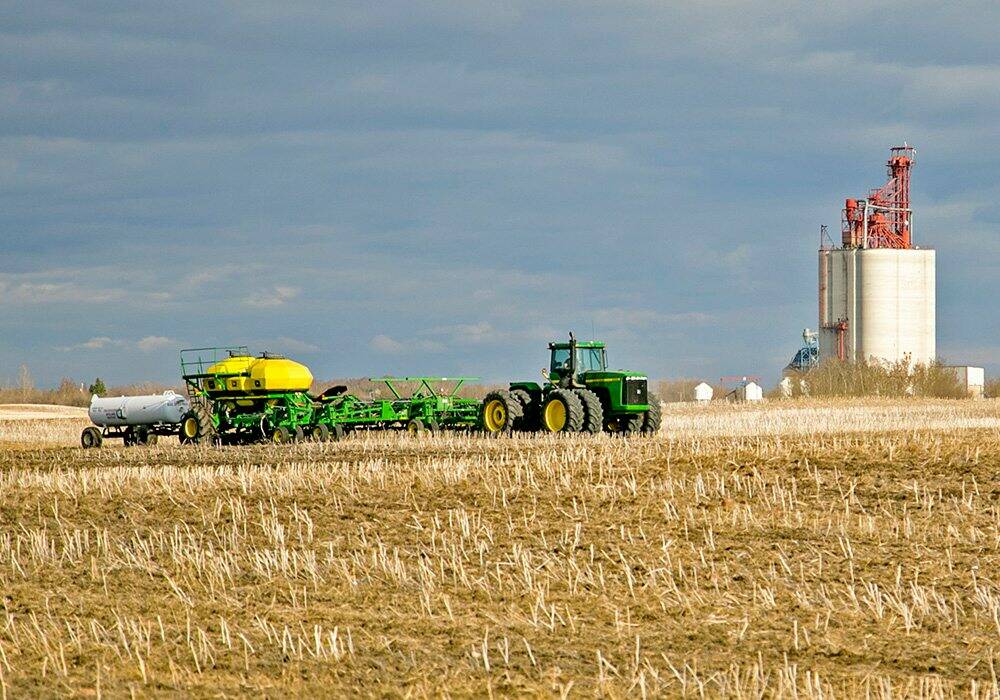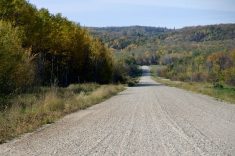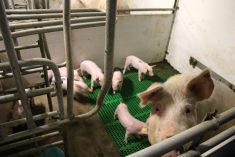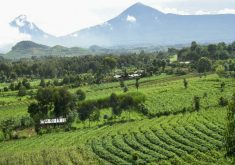A funny thing happens whenever talk turns to how to make farming more sustainable.
As various options for improving how agriculture treats the natural environment are discussed, someone inevitably brings up the “yield penalty” farmers and society would pay.
That penalty is seen as the gap between conventional methods using tillage and high rates of inputs and alternative systems where farmers eschew either tillage or artificial inputs — or both.
Researchers do it. Politicians do it. Farmers do it. Even newspaper columnists have been guilty of it.
Read Also

Better data on fertilizer emissions with the Internet of Things
Web of soil sensors looks for live insights on farm greenhouse gas emissions and nitrogen fertilizer application.
The problem with such comparisons however, is that they assume that the conventional approaches can be maintained over the long term — when the emerging evidence is that they cannot.
Dan Pennock, a Saskatchewan soil scientist who contributed to a 2015 FAO report on the state of world soils, told the recent Soil Conservation Council of Canada (SCCC) conference in Guelph the amount of soil lost to erosion equates losing a soccer field every five seconds.
“The majority of the world’s soil resources are in only fair, poor or very poor condition and that condition is getting worse in far more cases than they are improving,” the FAO report said. One-third of the world’s farmable land is moderately to highly degraded.
True, world markets are currently flooded with grain and global yields have on average continued to rise. However, many scientists believe improved genetics and the increasing intensity of farming practices are masking the effects of effectively mining the world’s soil.
So, it is hardly a fair comparison if the status quo is not an option.
Don Lobb, an Ontario farmer and agronomist who participated in research on his farm for decades, said such comparisons are counterproductive for another reason.
Farming systems that work with natural systems are so complex they can’t be studied in conventional ways or easily compared.
“Classical research can only compare one thing at a time,” he said.
The interactions between soil biology, the farmer’s crop rotation, local drainage and, of course, the weather, are unique to each farm and not easily measured using linear benchmarks. “Every time you make one change it affects everything else,” he said.
For example, farmers who have practised zero tillage for a number of years have found they can use lower rates of phosphorus because high mycorrhizal activity increases how efficiently plants can access it.
There are undoubtedly other factors in play that scientists are only just beginning to measure.
Lori Phillips, a soil biologist with Agriculture and Agri-Food Canada told the SCCC summit that while it’s now known that a single teaspoon of soil contains billions of micro-organisms, most of them can’t be cultured for study under traditional research methods.
However, biotechnology tools that allow scientists to extract and analyze the DNA of the entire soil microbiome are generating unprecedented insights into soil life.
“It’s led to a soil microbial gold rush,” she said. “We need this information and we didn’t have it before.
“We can’t manage what we can’t measure,” Phillips said.
The next phase of research will be to better understand what role these micro-organisms play in the soil and how well they function under different management practices.
“I liken it to a teenager who can vacuum. The teenager might be there and might be genetically capable of vacuuming, but is he actually pushing a vacuum?” she said.
Lobb says farmers need researchers to help them understand how things work, but putting that knowledge to work on the farm is more about art than science.
Lobb believes the benchmark for measuring success in farming must move from yield to soil health. But he stresses the two aren’t mutually exclusive.
On his farm, adopting farming practices that focused on soil care didn’t result in a yield penalty. On the contrary, the productivity of his land improved over time to where his yields averaged five per cent over.
















